Hi,
I have been using PS over the last few months to do a lot of research. It has been a big help. I have spoken to a wholesaler friend of my family, and he has showed me the Rap sheets, so I can try and understand pricing. He mostly deals in fancy stones, and I am more interested in round, so he doesn't necessarily understand the round market as well.
I understand that the Rap Sheets are more of a guide than anything else (and retailers charge a markup), and every indication is that most stones trade at a discount from their Rap prices. But, I wanted to know more about stones that trade above, and how much premium is charged.
For instance, it says on Rap Sheets that 2.50+ may trade at a 5-10%. Is that generally the case? Is a 2.5 at 5%, and a 2.75 at 10%?
There are pretty extreme price jumps as you jump color/clarity/size grades. This would provide incentive to try and find borderline graded stones so that you save the premium. But, it is pretty hard to really judge if the higher side is offered at a 30% discount, and the lower side is at a 10% premium. I would assume the cutter, who knows it is borderline, would try and price with some premium under the next grade.
So, my basic question is: What kind of percentage premium would be added on to the lower end that looks really close to the higher end of a grade?
My basic theoretical assumption would be GIA XXX or AGS 000, under 2.0 HCA, no flourescence, or any other item that would be a natural discount.
Carat: Let's use the 2.00-2.99 scale, so what premium is on an "almost" 3.00 carat diamond.
Color: Staying away from extreme ends, what is the premium on an I that could be H, or an H that could be G, or a G that could be F.
Clarity: Staying away from extreme ends, what would be the premium on an eye clean SI1 that could be VS2, or a VS2 that could be VS1, or a VS1 that could be VVS2.
Cut: Going from a within XXX range to ACA or Hearts and Arrows Signature, or some other "perfect cut".
Thanks for any insight you can provide.
I have been using PS over the last few months to do a lot of research. It has been a big help. I have spoken to a wholesaler friend of my family, and he has showed me the Rap sheets, so I can try and understand pricing. He mostly deals in fancy stones, and I am more interested in round, so he doesn't necessarily understand the round market as well.
I understand that the Rap Sheets are more of a guide than anything else (and retailers charge a markup), and every indication is that most stones trade at a discount from their Rap prices. But, I wanted to know more about stones that trade above, and how much premium is charged.
For instance, it says on Rap Sheets that 2.50+ may trade at a 5-10%. Is that generally the case? Is a 2.5 at 5%, and a 2.75 at 10%?
There are pretty extreme price jumps as you jump color/clarity/size grades. This would provide incentive to try and find borderline graded stones so that you save the premium. But, it is pretty hard to really judge if the higher side is offered at a 30% discount, and the lower side is at a 10% premium. I would assume the cutter, who knows it is borderline, would try and price with some premium under the next grade.
So, my basic question is: What kind of percentage premium would be added on to the lower end that looks really close to the higher end of a grade?
My basic theoretical assumption would be GIA XXX or AGS 000, under 2.0 HCA, no flourescence, or any other item that would be a natural discount.
Carat: Let's use the 2.00-2.99 scale, so what premium is on an "almost" 3.00 carat diamond.
Color: Staying away from extreme ends, what is the premium on an I that could be H, or an H that could be G, or a G that could be F.
Clarity: Staying away from extreme ends, what would be the premium on an eye clean SI1 that could be VS2, or a VS2 that could be VS1, or a VS1 that could be VVS2.
Cut: Going from a within XXX range to ACA or Hearts and Arrows Signature, or some other "perfect cut".
Thanks for any insight you can provide.

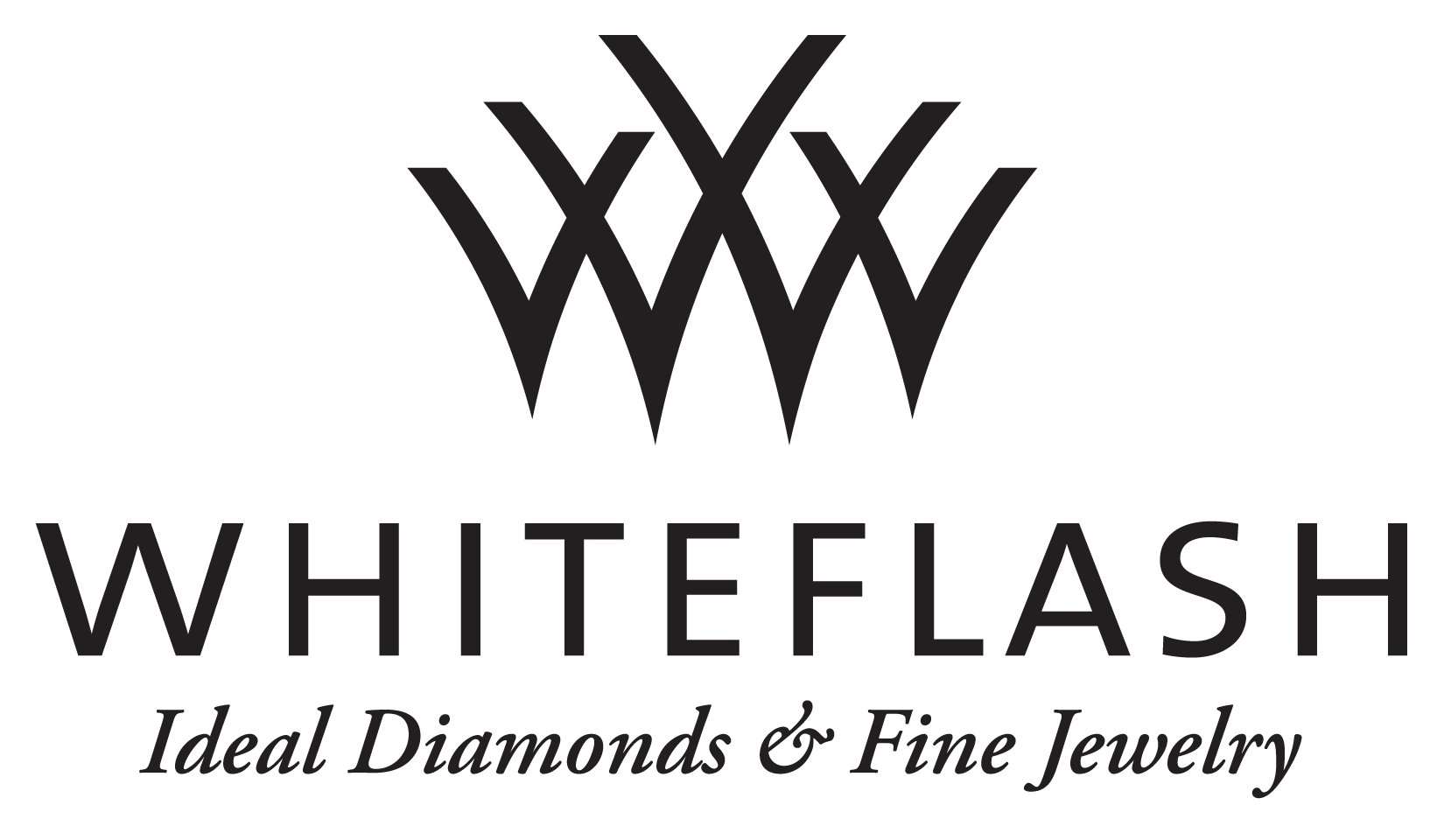
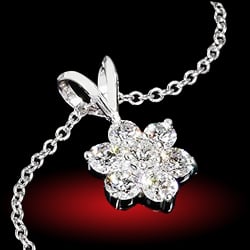
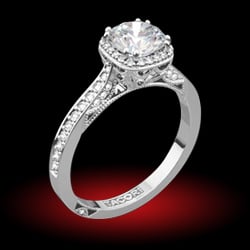
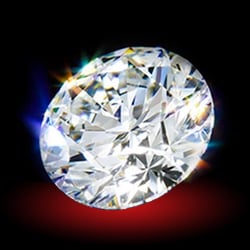
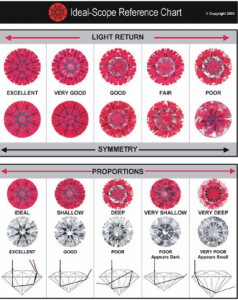
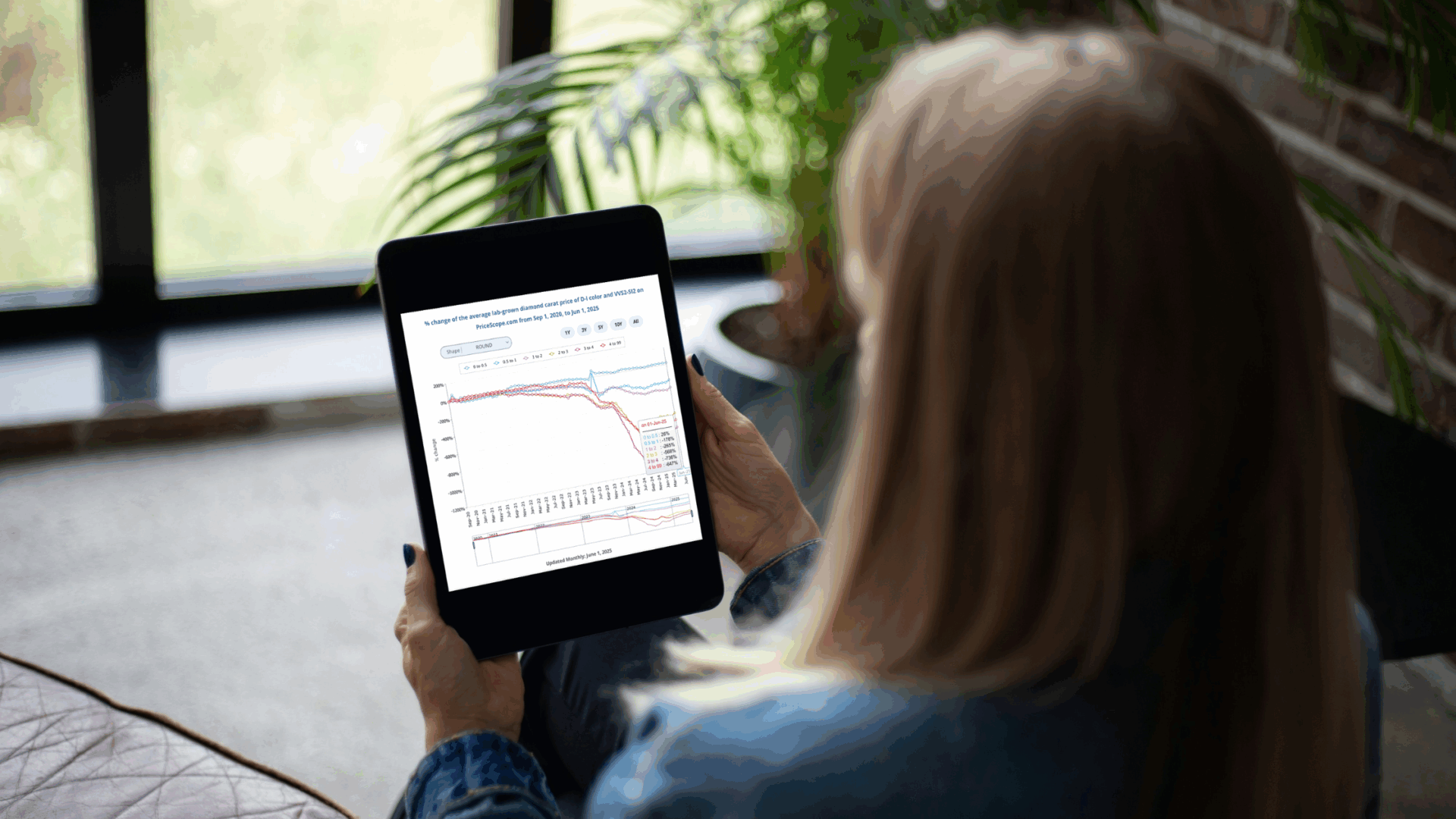

300x240.png)